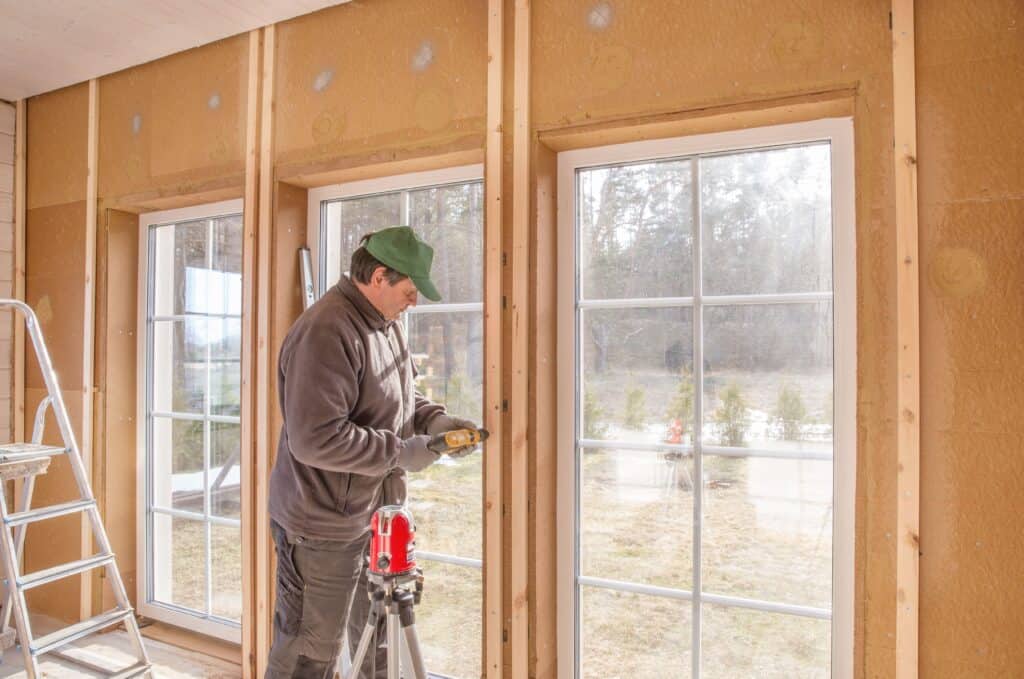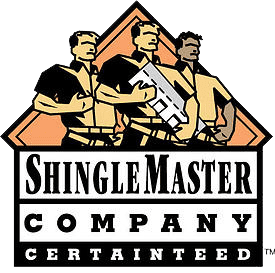Should you reshingle your own roof?
Tips for DIY Roofers
What can possibly go wrong? A huge job like reshingling your own roof can run amuck when you find costly complications like rotten timber in the roof framing or roof deck. Perhaps after you’ve removed the surface, the shingle and materials dealer calls to say that there’s a delay in shipment. You’re going to have to cover the open roof with a tarp and hope for the best. You could accidentally install the wrong material for your roof’s slope or frame. Perhaps, you chose the wrong type of shingles for your environment and climate.
Worst of all, you may end up biting off more than you can choose safety wise. A fall from a roof can be life-changing as well as life-taking. These unforeseen problems for DIYers can be costly and dangerous. That’s why most people, even the experienced DIYers, hire a professional roofing contractor for roof replacement and reshingling a roof.
How much does it cost and what have you got to lose?
Besides your life or your ability to walk, you could lose very little if you choose the right materials and follow instructions and safety steps to a “t.” Beforehand, it’s good to know what you need for the job and what it may cost you. Prices differ greatly throughout the U.S. and N.C., so you’ll want to shop around and compare prices before choosing supplies.
Keeping your roofing project on schedule
The first thing to consider when setting out on a DIY roofing job is the climate and weather. What season is best for roofing? Obviously, NC summers are not the best for DIY roofing projects. Winter is a close second for the worst season. Fall and Spring are best, but plan ahead and make your timeline adjustable for rainy and windy days.
Inclement weather is beyond your control, but it can delay your project significantly. Keep check on the weather forecasts at least three days in advance of the date you’re hoping to start the project.
What you’ll need for the job…
Before setting out on your DIY roofing project, take a look at this checklist of items and tools you’ll need to get the job done.
Tools
- Air compressor
- Air hose
- Caulk gun
- Chalk line
- Circular saw
- Extension ladder
- Roof harness
- Roofing nail gun
- Scaffolding
- Staple gun
- Straightedge
- Tin snips
- Utility knife
- Work gloves
Materials
- Felt underlayment
- Self-adhesive waterproof underlayment (“ice and water shield”)
- Asphalt shingles
- Drip edge
- Roofing nails
- Staples
- Sealant
- Hook blades
- Step and dormer flashing
- Valley flashing
- Vent flashing
Secure the right permits
After shopping around for materials and shingle prices, you’ll want to contact your city or town hall to secure the required permits for your DIY roofing project. Careful planning will prevent delays.
Overwhelmed by the idea?
All of this can seem intimidating to even a veteran DIYer. Doing your homework and taking your time to choose the right materials and obtain the required permits are the main points to keep in mind before starting your roofing project. If you’d like to hire a professional roofing contractor, TruBlue Roofing and Remodeling has many years of experience and expertise in the roofing industry. Plus, we choose only the best of roofing materials and shingles. CertainTeed makes the best roofing materials in the industry, and they’re our go-to roofing products of choice. Give us a call at (919) 589-7290 to schedule your free no obligation roofing inspection and quote.








